Attending a friend's wedding in Thanh Hoa for the first time, Thu Hang ( Hanoi ) was impressed by the full tray of food, filled with delicious dishes and local specialties.
In addition to pennywort salad and fermented pork rolls, the young girl was also surprised by the fragrant cake piled high on the plate. It was a kind of banh coc.
“At first glance, I think this dish looks very similar to banh te and banh la in some northern provinces, but when I eat it, I feel its own unique flavor. The cake is pure white, more flexible and chewy, the filling blends the fatty taste of pork with the aroma of dried onions and a bit of spicy pepper,” Thu Hang commented.
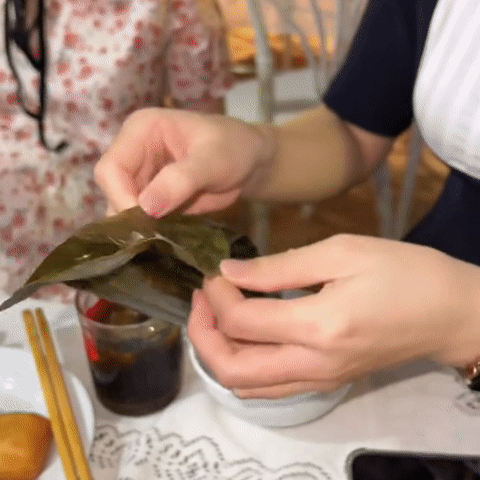
The female tourist from Hanoi also revealed that the interesting thing is that guests attending weddings usually do not eat the cake haphazardly but save some to take home.
Talking to locals, she learned that because this cake is filling, people often leave it until the end of the meal to enjoy or take a portion home.
“Banh rang bua is easy to eat, loved by both children and the elderly. The process of wrapping the cake is quite elaborate, and cannot be done all the time, so people cherish it very much. When going to parties, they often save some to bring home for their relatives,” Thu Hang added.
After attending the wedding, the young girl also ordered hundreds of harrow cakes from a local establishment, bringing them back as gifts for friends and acquaintances and to treat her family.
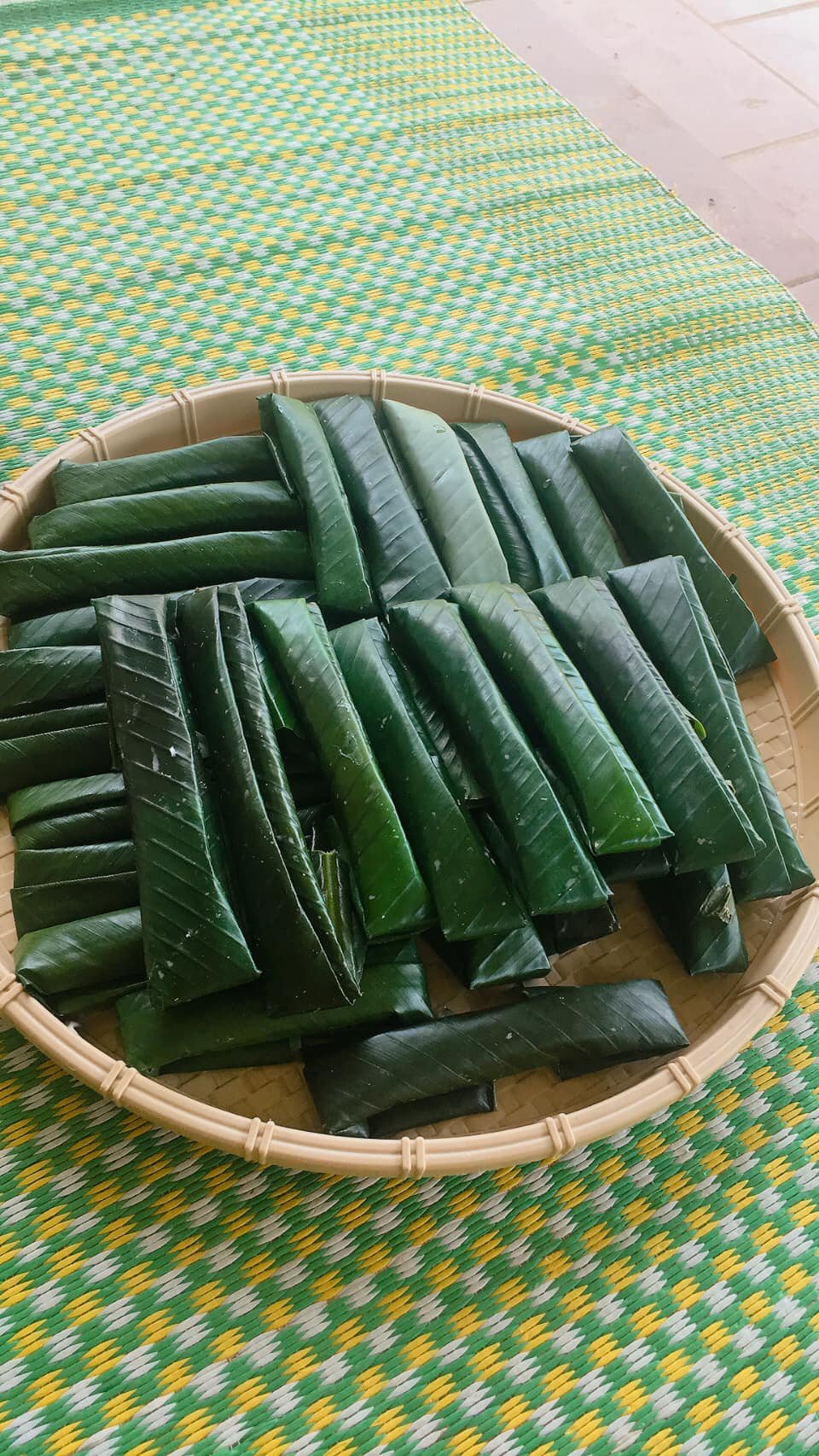 |  |  |
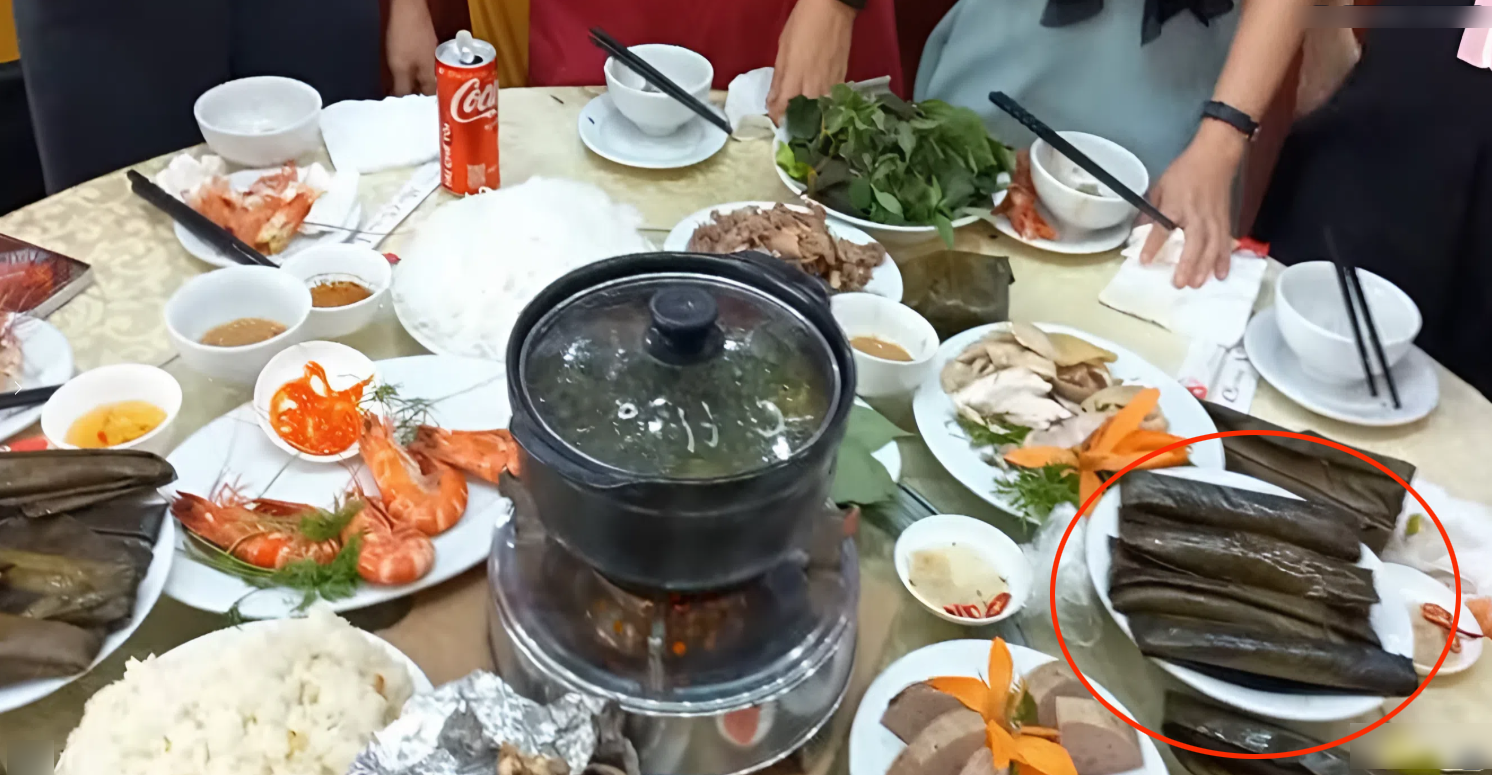
Ms. Nguyen Loan - owner of a facility making banh rang bua in Kim Tan commune (Thanh Hoa province) said that this cake is made from rice, pork belly, wood ear mushrooms, dried onions and familiar spices such as fish sauce, pepper...
Although made from rustic ingredients, the way to make the cake is quite elaborate, with many steps, requiring the chef to be meticulous and skillful.
According to Ms. Loan’s experience, the rice should be of the type Xi so that the steamed cake will be soft, supple and not sticky. After washing and rinsing, the rice will be soaked in water for a few hours and then ground.
After grinding the flour, it's time to "drain the flour", which means pouring the flour into the pot, mixing it with the right amount of water, then putting it on the stove, using chopsticks to stir well until the flour thickens but doesn't change color, that's the standard.
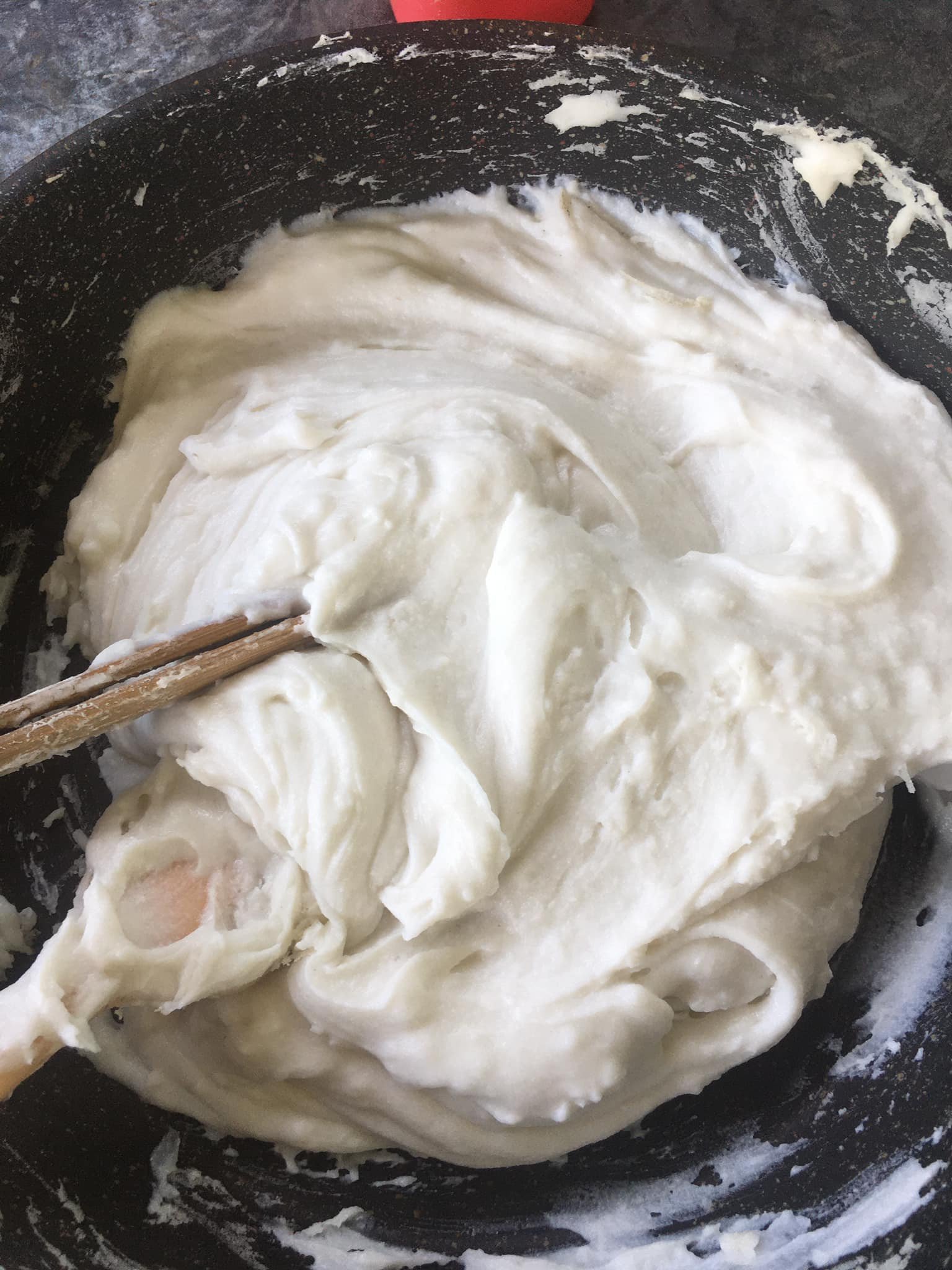 |  |
Depending on each household, people can drain the flour using the water bath method. During the process of draining the flour, you must continuously break up the flour clumps and do it evenly so that the flour does not stick to the bottom.
The more evenly the dough is beaten, the more elastic it will be, and the more delicious the cake will be when steamed. Once the dough is dry, start wrapping the cake.
“The process of draining the dough must be done skillfully. The dough must be drained to a thick consistency but still retain its white color, because if the dough turns clear, it will become banh gio,” she added.
The filling includes dried onions, minced (or ground) pork belly, and wood ear mushrooms. The ingredients are stir-fried until cooked, seasoned with salt and pepper to taste.
“Depending on the location and each family's preference, people can make the cake filling with pork rinds or not add chopped wood ear mushrooms,” said Ms. Loan.
How to wrap rice cakes in Thanh Hoa. Source: Ly Nguyen
The cake is wrapped in dong leaves. The wrapper chooses leaves of moderate size, then washes them, drains them, removes the hard stem at the top, and cuts off the stem and a little bit of the excess at the tail.
Dong leaves can be heated over a fire to make them flexible and tough, and to prevent tearing when wrapped.
When wrapping, people brush flour onto the leaves, add the filling in the middle, then fold the leaves, press the edges, and fold them into a long shape. Once the cakes are wrapped, they are boiled or steamed. Usually, people choose to steam the cakes so they don’t absorb water and taste better.
When the cake smells fragrant and the leaves are no longer stuck to it, it is done. At that time, the cakes are taken out and stacked neatly so that their shape does not become distorted after steaming.
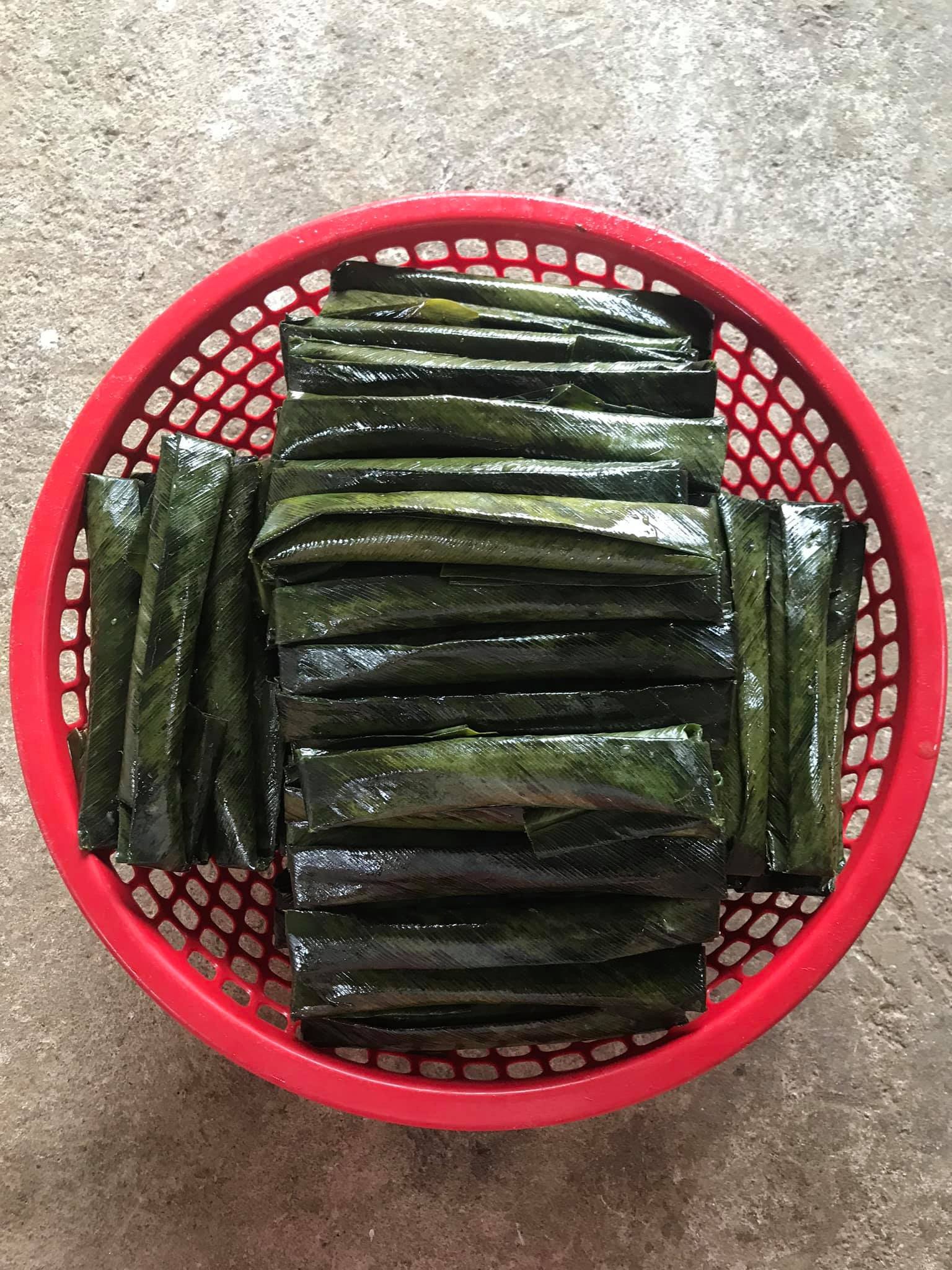 |  |
In the past, Thanh Hoa people mainly made gear harrows to serve family needs or to sell at the countryside market.
Not only appearing on the tray of offerings during Tet holidays, weddings or local death anniversaries, this specialty is also transported to many provinces across the country, meeting the diverse enjoyment needs of diners.
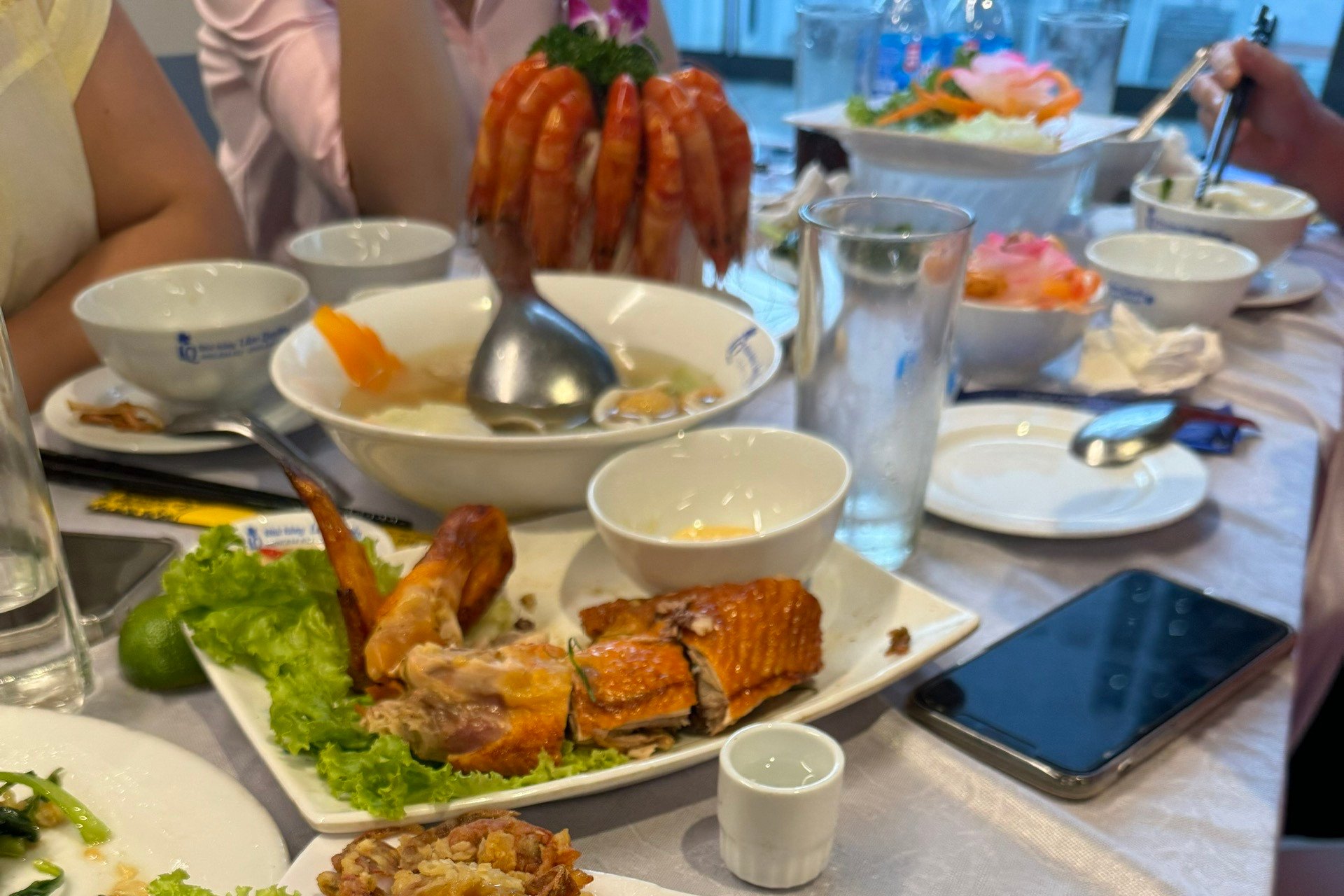
Source: https://vietnamnet.vn/dac-san-thanh-hoa-trong-mam-co-cuoi-khach-khong-an-de-goi-phan-mang-ve-2460037.html




![[Photo] Prime Minister Pham Minh Chinh receives the delegation of the Semiconductor Manufacturing International (SEMI)](https://vphoto.vietnam.vn/thumb/1200x675/vietnam/resource/IMAGE/2025/11/06/1762434628831_dsc-0219-jpg.webp)

![[Photo] Closing of the 14th Conference of the 13th Party Central Committee](https://vphoto.vietnam.vn/thumb/1200x675/vietnam/resource/IMAGE/2025/11/06/1762404919012_a1-bnd-5975-5183-jpg.webp)

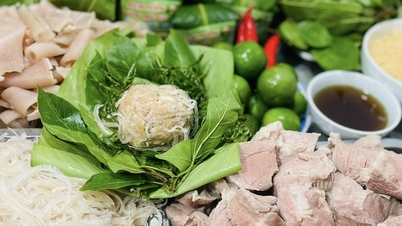






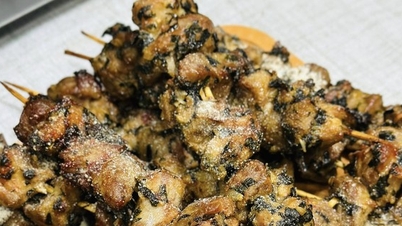













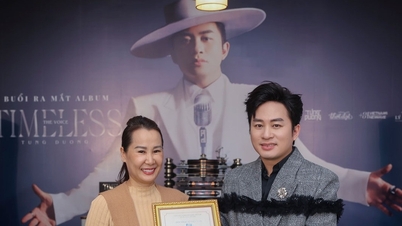






































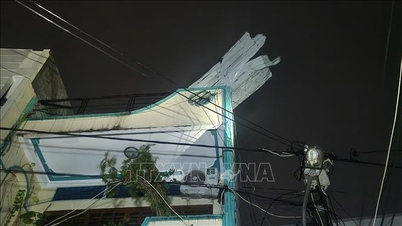











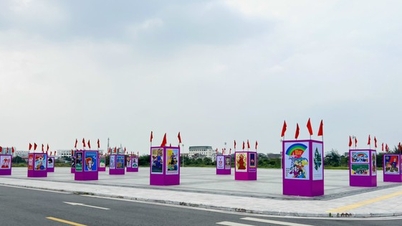























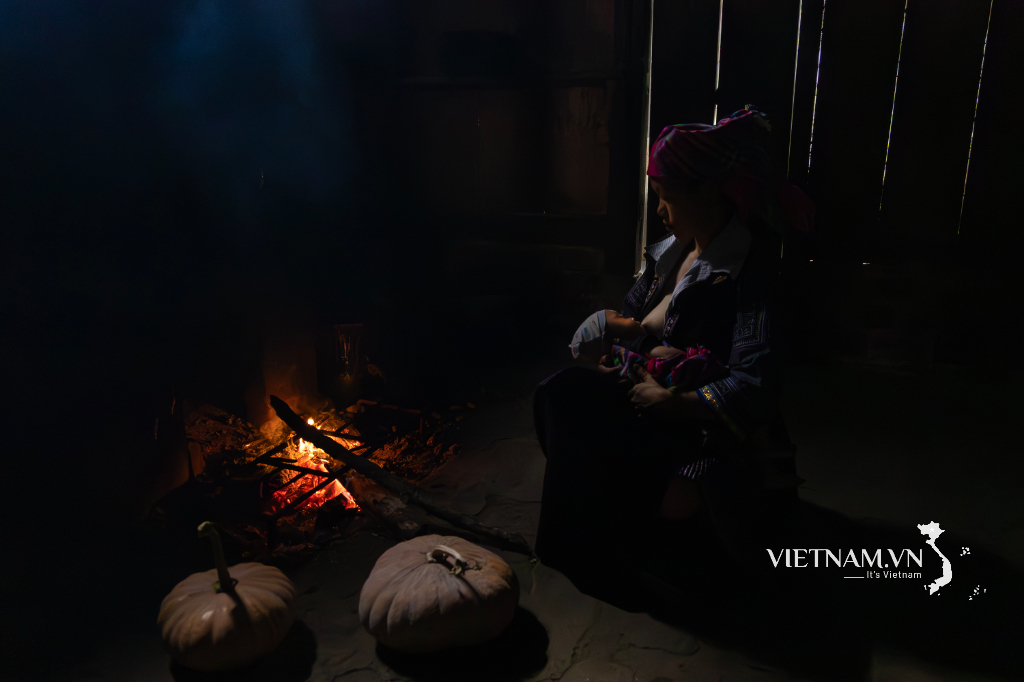



Comment (0)